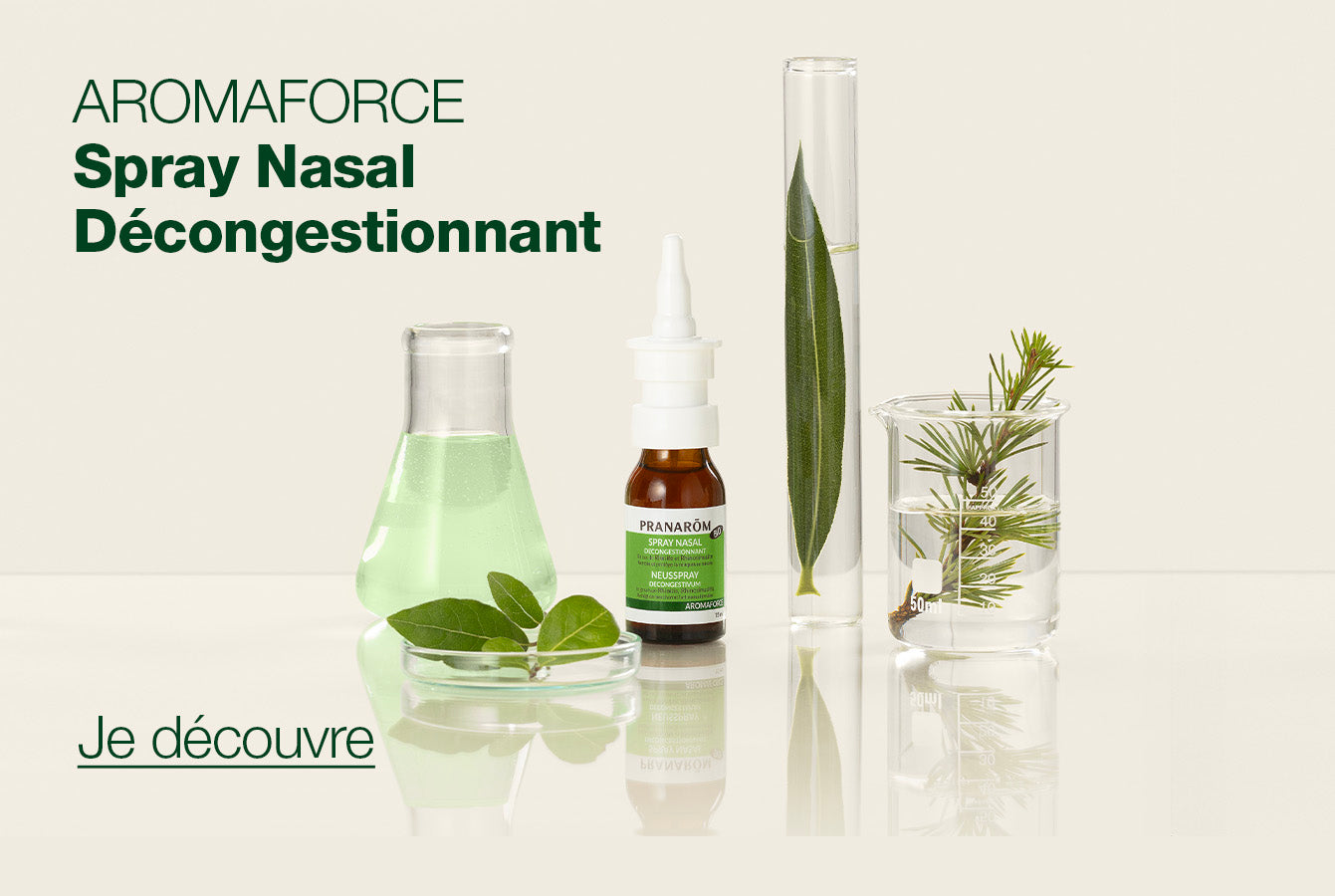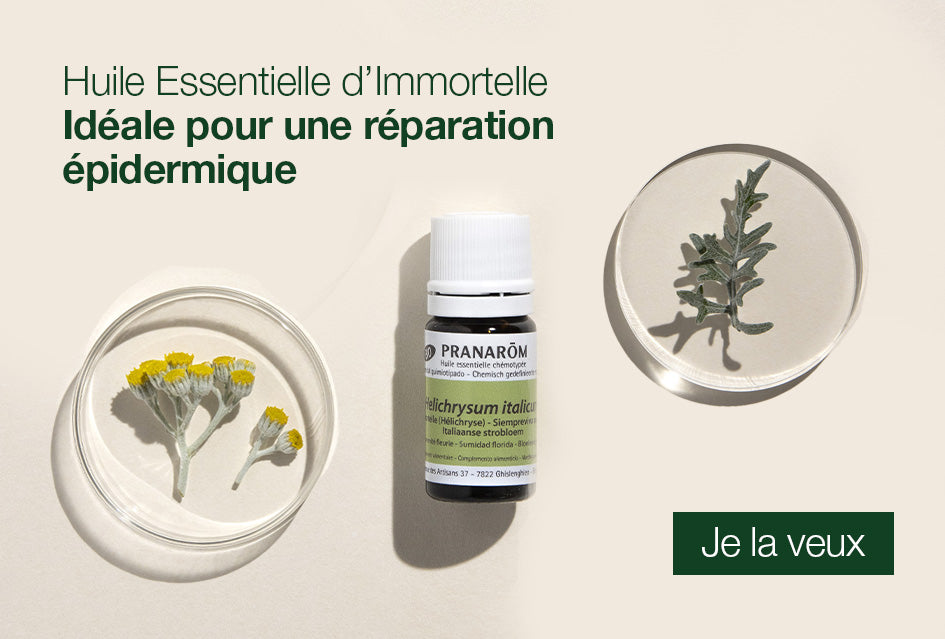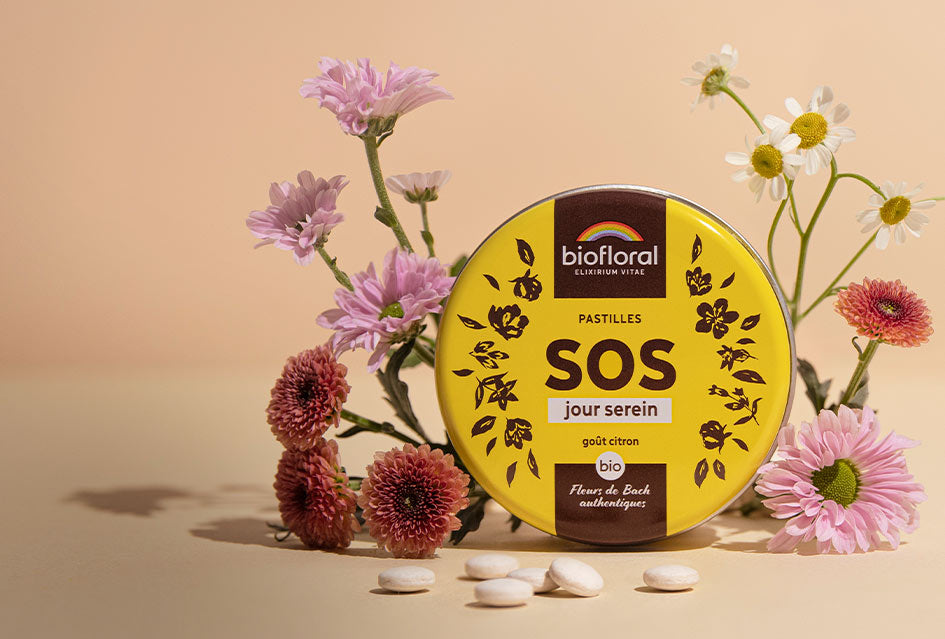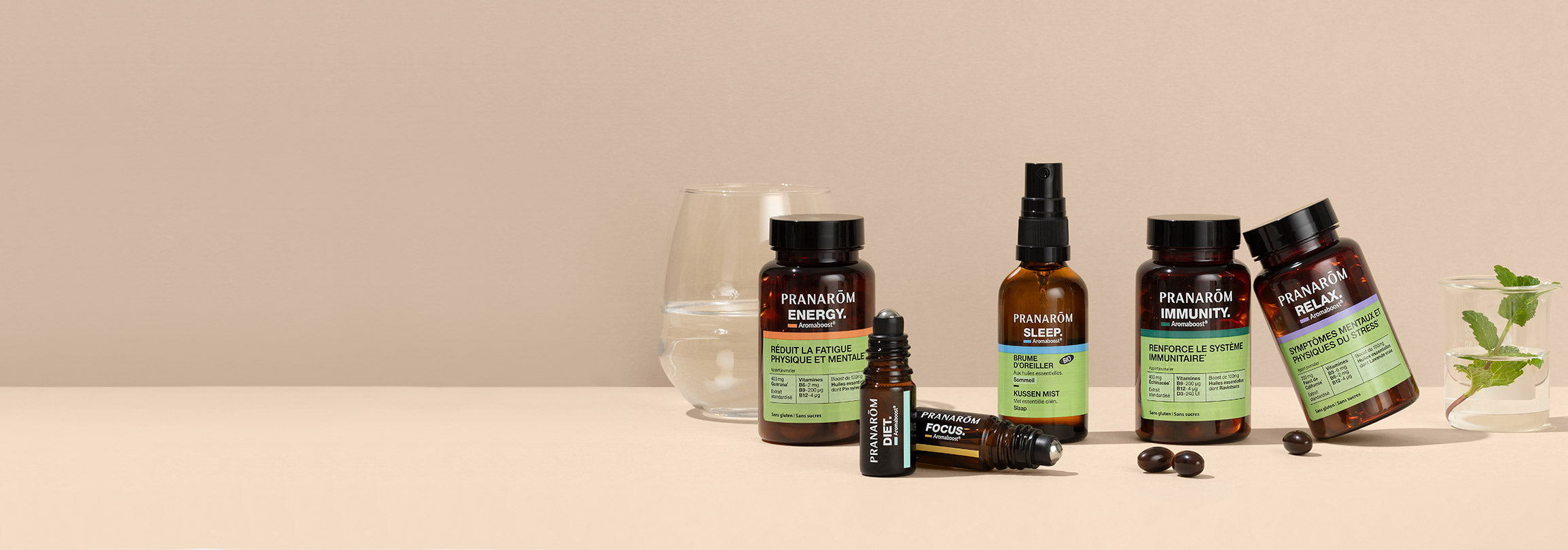Anyone who is around dogs daily has experienced the traumatic smell of being face-to-face with a dog with particularly foul breath.
These dogs suffer from poor oral hygiene or a condition called periodontitis.
What is periodontitis?
It is an infection coupled with inflammation of the gingival mucosa resulting from the gradual buildup of tartar deposits. Besides the lack of regular maintenance of teeth and gums, several predisposing factors contribute to periodontitis, such as breed, heredity, etc.
However, a significant factor to point out is the use of soft and overly moist food. A useful first step to reduce the incidence of periodontitis is to regularly give your favorite pet hard biscuits. These will clean the mouth of soft food remnants, dislodge some tartar deposits, and strengthen jaw muscles.
When this is not enough, active care of teeth and gums by brushing is necessary. Like the limited pharmaceutical options for human gingivitis, there are few solutions available to effectively treat canine oral pathologies.
Thanks to the amazing and multiple properties of chemotyped essential oils, it is possible to prepare an effective aromatic synergy. This will deeply disinfect teeth and gums, gradually reduce dental plaque, and most importantly, provide the dog with breath worthy of the good companion animal it is and should remain!
Oral Hygiene Synergy
- 2 drops of Clove essential oil
- 6 drops of Tea Tree essential oil
- 7 drops of Noble Laurel essential oil
- 2 drops of Field Mint essential oil
- 4 drops of Lemon-scented Litsea essential oil
- 2 drops of Roman Chamomile essential oil
- 2 drops of Lemon essence
This aromatic blend is particularly antiseptic, fights inflammation and pain, and provides a very pleasant freshness and aroma, which contrasts sharply with the foul odor caused by bacterial fermentations at the gums.
How to apply it?
For brushing application, several options are available to the owner:
- First, mix the essential oil blend with a suitable excipient. Choose from an ingestible toothpaste (such as for children), a 2% carbopol gel (ask your pharmacist), or a high-quality food-grade vegetable oil, like virgin or organic hazelnut or rosehip oil.
- Dilute one part essential oils in nine parts base. This results in a final product containing 10% essential oils.
- Using a not-too-hard toothbrush, apply a good amount of the product and brush gently to avoid aggravating the inflammatory state. If you choose vegetable oil as the base, completely dip the brush in the oil before brushing. If a second dose is needed, be sure to rinse the brush well to avoid contaminating the product.
- In the case of confirmed periodontitis, try to perform this care daily for the first 10 days. Then space out the treatments to 2 to 3 times a week, which is a good frequency for maintaining your pet’s oral hygiene.
Best practices for better oral hygiene in dogs:
Essential oils are your ally for your dog's oral health. Here are some key points to remember:
1. Choose a suitable toothpaste and regularly brush your loyal companion's teeth. This will prevent many dental problems and ensure better oral hygiene.
2. The use of tea tree essential oil can also be very useful. For a natural toothpaste, mix a spoonful of tea tree oil with some baking soda diluted in water. This can effectively fight plaque and bacteria responsible for your dog's bad breath
3. Reserve the use of essential oils for adult male and female dogs that are not nursing.
4. In terms of periodontitis, prevention is your best friend. Prefer dry kibble and treats to help clean your dog's teeth. However, if you notice persistent problems, consult a veterinarian for appropriate treatment.












